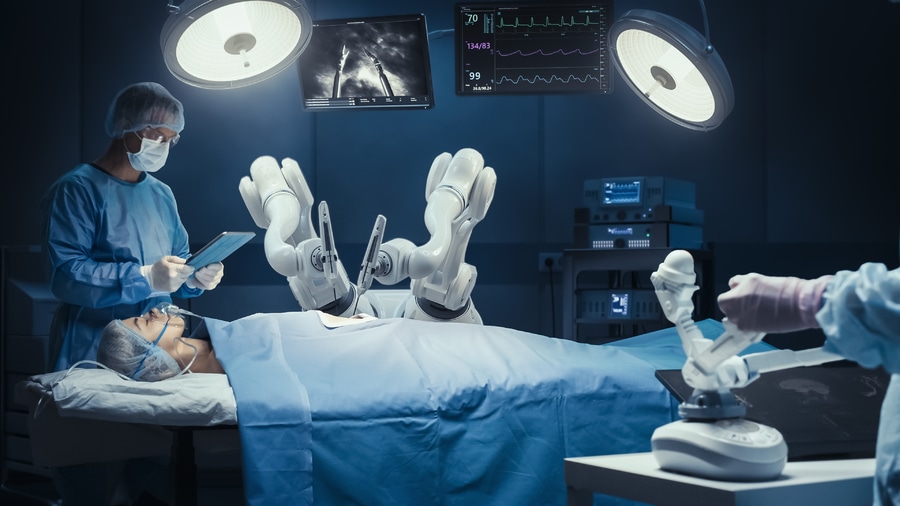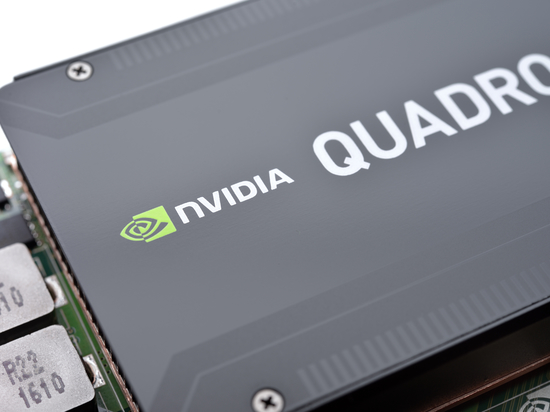
#Industry News
How Artificial Intelligence is Improving Operations for Both Providers and Patients
By implementing artificial intelligence (AI) in surgery, providers can enjoy its benefits from the first diagnosis to the final discharge from the hospital.
The healthcare sector can't stop buzzing about artificial intelligence and its potential in the sector. While still new, AI in surgery is a particularly exciting topic, as it can reduce the inherent risks and difficulties associated with operations. Any innovation that can make surgery safer and more effective is always welcome.
When properly implemented and supported by AI-capable medical computers, artificial intelligence can be a boon in every stage of surgery, from the first diagnosis to the operating theater itself to post-op recovery.
The Preoperative Phase
During the preoperative phase, surgeons examine the surgery site and plan how they will proceed. AI's ability to recognize patterns and inspect images make it a perfect fit during this phase.
For example, a medical AI box PC can highlight tumorous growths during diagnosis, even catching those a healthcare provider might miss. This is especially useful for colonoscopies, where neoplastic lesions can go undetected even by experienced endoscopists. By differentiating between what needs to be operated on and what can be ignored, surgeries can be safer, more efficient, and less invasive.
AI can also make suggestions and develop new insights by examining datasets of EHRs and prior surgeries. By pulling from other diagnoses, treatments, and lab results similar to the current patient's condition, it can help develop a surgery and treatment plan perfect for the patient's needs.
The Intraoperative Phase
During the intraoperative phase, surgeons are actively at work, making incisions, removing diseased tissue, attaching prosthetics, and more. During this phase, AI can contribute via:
Robot-assisted surgery (RAS): Surgical robots are now fairly commonplace, especially for operations that require extremely precise or small cuts and insertions. These robots can be further enhanced with AI, which can filter out the impact of tremors or other accidental motions in the surgeon’s hands. It can also automate certain basic procedures, such as closing a port site or tying off a suture, allowing surgeons to focus on more critical tasks.
Dynamic Shape Instantiation: Also known as 3D shape instantiation-endoscopic navigation, this is the process of creating an AI-rendered 3D image of the surgical site. This helps surgeons better understand the site and any body tissues involved, helping them determine how to proceed with the operation.
Predictive Analysis During Surgery: An AI trained on millions of surgical videos can anticipate the next 15 to 30 seconds of an operation, providing additional oversight and guidance for providers. This can help surgeons course-correct if an error occurs and is currently being explored for its use in laparoscopic cholecystectomies (removing a diseased gallbladder).
The Postoperative Phase
After the surgery is complete, the postoperative phase begins. AI's job during this stage is twofold: predict any potential complications and monitor high-risk patients.
By combing through a patient’s EHR records and comparing them to patients with similar histories and treatment plans, an AI can predict what postoperative complications might arise, such as high levels of pain or infection. Armed with this information, providers can develop a more effective post-surgery treatment plan.
AI can also provide close monitoring services that would otherwise require a human’s attention. These programs can monitor a patient’s vital signs and even the room itself 24/7 without worrying about getting tired, making them perfect for tracking their condition. If a patient’s vital signs suddenly drop or the AI detects an abnormal event (such as a fall), the AI can immediately alert providers of the emergency.
Implement AI with Cybernet Computers
From the first diagnosis to the moment of discharge, artificial intelligence in surgery can reap massive benefits. Supported by the right technology, AI can improve patient outcomes and lessen providers' workload throughout all stages of the surgery process.
If you’re looking for medical computers capable of edge AI computing, contact the team at Cybernet Manufacturing. We’d be more than eager to explore how our new medical AI box PCs can provide the processing you need for the next generation of medical software.





